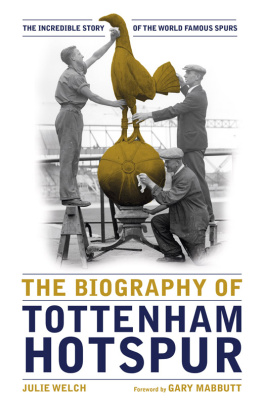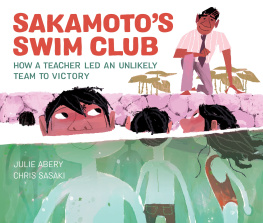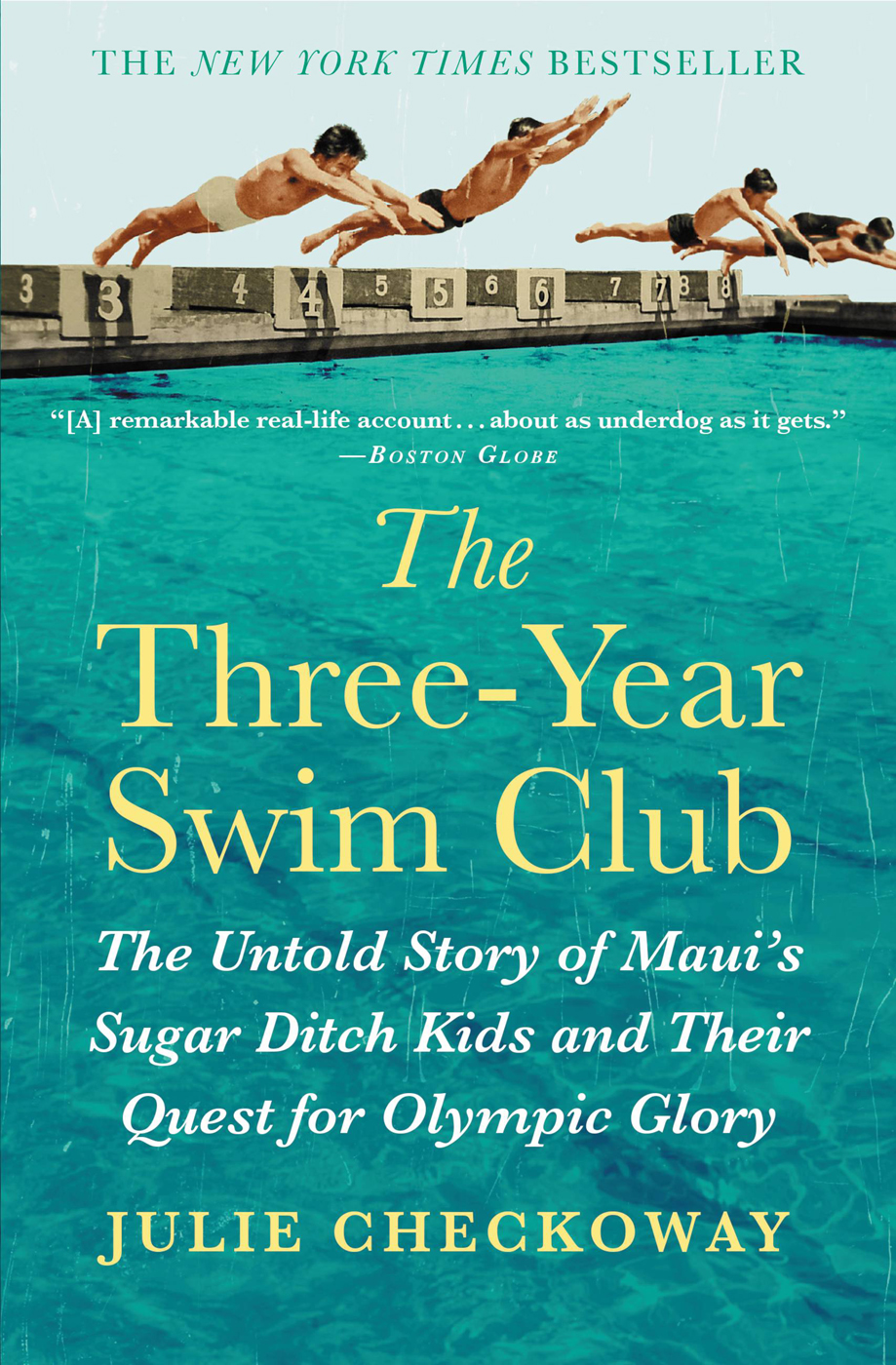Thank you for buying this ebook, published by HachetteDigital.
To receive special offers, bonus content, and news about ourlatest ebooks and apps, sign up for our newsletters.
Copyright 2015 by Julie Checkoway
Reading group guide copyright 2015 by Julie Checkoway and Hachette Book Group, Inc.
Cover design: Shasti OLeary Soudant
Cover photo courtesy of the Alexander and Baldwin Sugar Museum
Cover copyright 2016 by Hachette Book Group, Inc.
Hachette Book Group supports the right to free expression and the value of copyright. The purpose of copyright is to encourage writers and artists to produce the creative works that enrich our culture.
The scanning, uploading, and distribution of this book without permission is a theft of the authors intellectual property. If you would like permission to use material from the book (other than for review purposes), please contact permissions@hbgusa.com. Thank you for your support of the authors rights.
Grand Central Publishing
Hachette Book Group
1290 Avenue of the Americas, New York, NY 10104
hachettebookgroup.com
twitter.com/grandcentralpub
First ebook edition: October 2015
Grand Central Publishing is a division of Hachette Book Group, Inc.
The Grand Central Publishing name and logo is a trademark of Hachette Book Group, Inc.
The Hachette Speakers Bureau provides a wide range of authors for speaking events. To find out more, go to www.hachettespeakersbureau.com or call (866) 376-6591.
The publisher is not responsible for websites (or their content) that are not owned by the publisher.
ISBNs: 978-1-4555-2345-0 (trade pbk.), 978-1-4555-2343-6 (ebook)
E3-20160430-JV-PC
[A] remarkable real-life account about as underdog as it gets.
Boston Globe
A brightly told story of the triumph of underdogs exuberant, well-researched tense, vivid, and inspiring.
Kirkus Reviews
If the basis for the book doesnt sound amazing enough, how the story unfoldsJapan vying for the Olympic Games, Pearl Harbor being bombed, WWII changing the world foreverallows the story and characters to evolve in uplifting and heartbreaking ways it is evident that Checkoways ability to set a scene is uncanny and accomplished Depicting determination, discrimination, hope, anguish, hard work, and hard choices, Checkoway has created a sports history that is singular in its own right, and a fitting testament to the over two hundred youths who swam for many reasons toward one goal: Olympics First! Olympics Always.
Publishers Weekly (starred review)
An inspiring true tale of grit and determination Checkoway skillfully weaves vivid scenes into a larger narrative with a varied cast of characters to create a stirring, though exhaustive, account Pair this with The Boys in the Boat.
Booklist
[A] reverent tale Through meticulous research, Checkoway brings crisp focus to a fuzzy time in American history The book carries hints of The Boys in the Boat Checkoway stays true to her salvage mission. She unearths characters flawed and fetching and shines an unflinching light on race and class glorious storytelling and a triumphant, unpredictable finish.
Minneapolis Star Tribune
This story of one (at first) seemingly unremarkable man and his effect on camp children and the world of swimming is both inconceivable and dazzling. You wont want to miss it.
Book Reporter
Exceptionally well-researched and well-written.
ESPN.com
This captivating nonfiction, featuring engaging individuals and portraying a tumultuous time in history, chronicles Hawaiis second golden age of swimming. Sports and history enthusiasts will enjoy this title as much as book clubs and general readers.
Library Journal
Checkoways story of youthful perseverance will earn a place on the shelf with The Boys in the Boat.
National Book Review
Exhaustive research and sparkling prose.
BookPage
A good and graceful writer.
Honolulu Magazine
A made-for-the-screen story.
Outside Magazine
This true story is entertaining and absorbing and good for the soul.
Sunset Magazine
Lively, at times history reading more dramatic than fiction surprises wait in both the pool and in the story of these remarkable characters.
Petoskey News-Review
A classic underdog story Had [Checkoway] not written this book, their exact story might have never been told, but instead, American swimmings most fascinating chapter gets the shine it deserves.
Deadspin
A wild, improbable story that makes for popular Hollywood movies but rarely happens in real life. But this storys real.
MauiTime
Checkoway carefully weaves together facts into a sweeping historical tapestry.
Salt Lake Tribune
Little Sister: Searching for the Shadow World of Chinese Women
Creating Fiction: Instruction and Insights from Teachers of the Associated Writing Programs (editor)
Waiting for Hockney (director)
For all of Coachs swimmers

Okage sama de
Figure it out for yourself, my lad, Youve all that the greatest men have had.
From Equipment, by Edgar A. Guest, in Merit Badges: Life Work, Revised Handbook for Boys, 1927 edition
I do not know much about gods; but I think that the river Is a strong brown godsullen, untamed and intractable.
T. S. Eliot, Four Quartets
Americanism is a matter of the mind and heart; Americanism is not and never was a matter of race and ancestry.
Franklin Delano Roosevelt
Olympics First, Olympics Always!
Motto of the Three-Year Swim Club
Swim swiftly.
Soichi Sakamoto
20 51' 44.7" N 156 26' 58.3" W
Coordinates of the irrigation ditch
20 51' 22.4." N 156 27' 10.7" W
Coordinates of the Camp 5 pool
I N 1932 , a reporter for the Chicago Tribune named Philip Kinsley visited Maui, and on approach by interisland aeroplane, he saw the place as a sculptured green cup rimmed, he wrote, by white Pacific surf lines. The sides of that cup were the islands two great mountain ranges to the east and to the west, and at the top of one of those ranges was the famed volcanic crater Haleakala.
In March of 2012, some eighty years after Kinsley traveled to Maui, I, too, saw the islands lush peaks, but my destination was the very bottom of Kinsleys cup, the arid, golden lowland that gave Maui the nickname by which its still known today: the Valley Isle.
In Kinsleys time that flat valley was planted with 30,000 acres of sugarcane, and it was home to some 8,000 souls living in 13 segregated labor camps in a village called Puunene. Puunene is mostly gone now. Its still the site of Hawaiis last working sugar plantation, but it would take a forensic archaeologist to reconstruct the village as it existed in the 1930s. Puunene was then a beehive of life, with shacks and shops and red dirt roads, but now its footprint lies beneath the soil, plowed under into more cane fields. One plot of the old plantation is the 25-acre Puunene Shopping Center, the cornerstone of which is a 140,000-square-foot SuperTarget. Back in 1932, Philip Kinsley found the plantation at Puunene to be the very model of enlightened feudalism.









